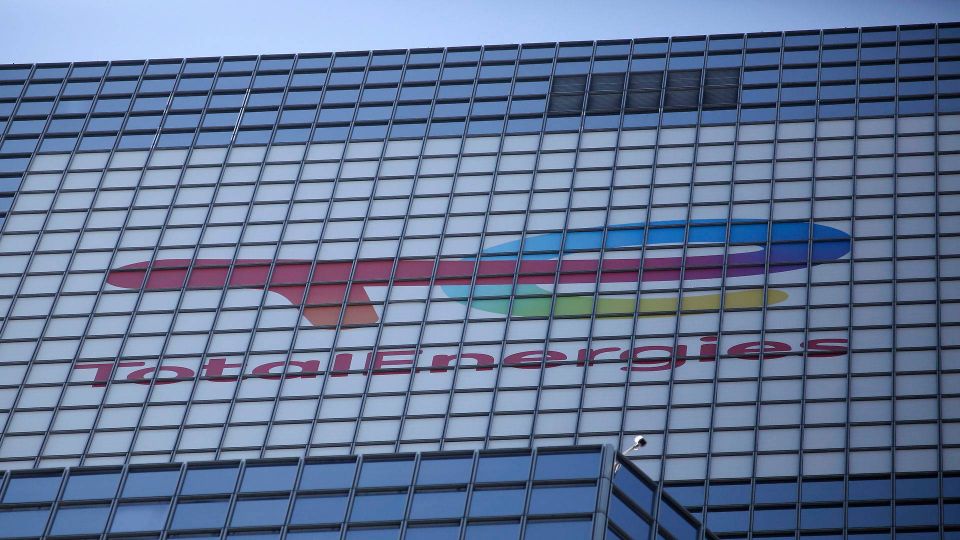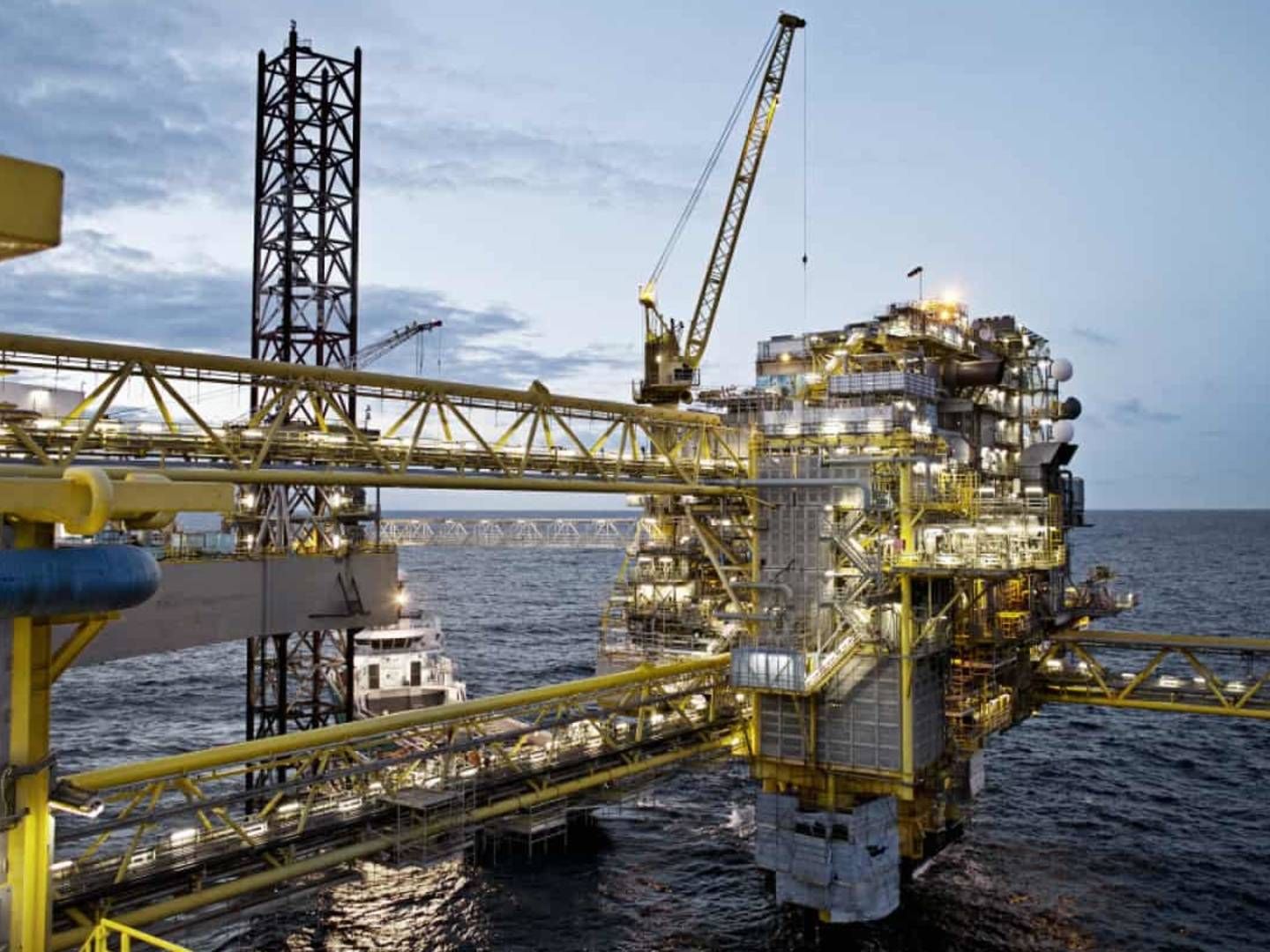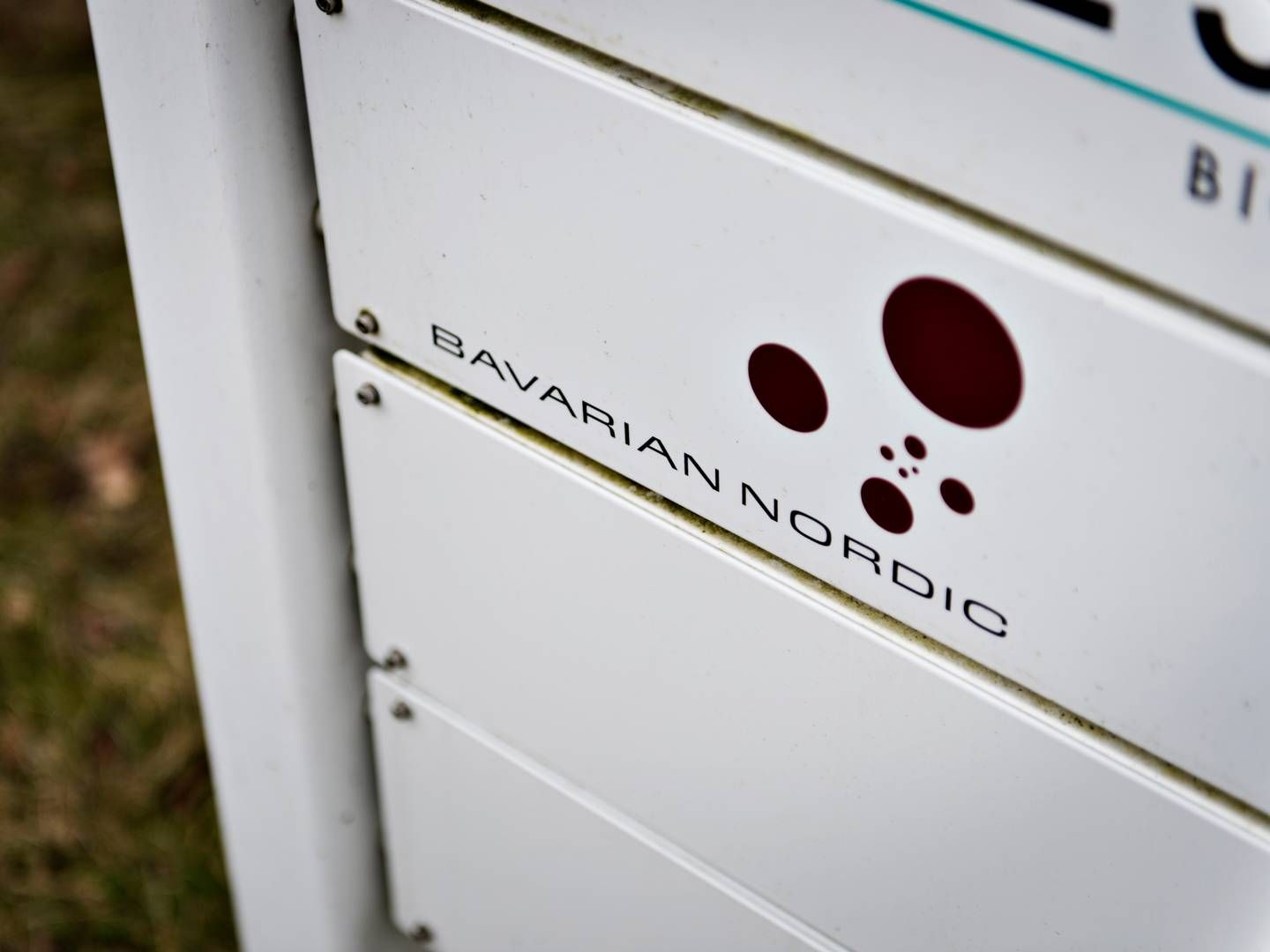World Bank, TotalEnergies post discrepant flaring figures on Danish field
.jpg)
Last year, TotalEnergies' routine flaring at the Gorm field in the Danish North Sea emitted 60,000-67,000 tonnes of CO2 equivalent, leaving an unsightly blemish on the country's climate accounting. This volume equates to the annual carbon emissions of roughly 3,500 residents, according to EnergyWatch's calculations based on the oil company's figures.
Danish Minister of Climate, Energies & Utilities Dan Jørgensen will host a parliamentary committee meeting on Wednesday to discuss the issue.
A range of documents made available via public disclosure legislation have brought the issue to public attention. These have shown that TotalEnergies exports natural gas from the Halfdan field to another, Gorm, where the fuel is routinely burned off, or flared, because the facility reportedly can't process the gas in another way.
This practice is used rather than pumping the gas back underground, using it to power the platform, or selling it on the market where gas prices have long hovered at historically high levels.
Treasury loses millions
Already in 2020, from whence the latest Danish flaring account derives, natural gas worth a substantial sum was burned off at Gorm, shows an estimate based on a formula available from the World Bank, which is running a global initiative to halt routine flaring by 2030.
The math shows that 24 million stand cubic meters – according to 2020 flaring figures for Gorm, owned by the Danish Underground Consortium (DUC) with TotalEnergies as operator and field license holder – could have generated revenue of USD 2.2m if the fuel had instead been sold. The latter is entitled to 20 percent of all income hereof as stipulated by law.
In other words, Denmark's state treasury could have raked in around DKK 3m (EUR 400,000) more solely in 2020 – and that's without factoring in hydrocarbon and corporate taxes also entailed by the nation's legislation on underground resources.
World Bank measured greater emissions
TotalEnergies reports its figures on flared natural gas volumes to the Danish Energy Energy (DEA).
Parallel with this reporting, the World Bank conducts independent gaging via satellite – a method the organization says captures and measures the scope of flaring by imaging generated heat, after which a calibration is made to estimate the flared volume from each facility.
Zubin Bamji, program manager of the World Bank's Global Gas Flaring Reduction Partnership (GGFR), says this method should be the global basis model for measuring gas flaring in connection with oil extraction.
”The majority of flares around the world are not accurately metered, but flare volumes are estimated, often resulting in inaccurate data,” he writes," Bamji tells EnergyWatch in written reply.
Concerning the Gorm field, the bank's figures consistency show larger emissions than those reported to public authorities by the French oil outfit.
In 2020, the World Bank estimated that 39.33 million Sm3 were flared from Gorm, while the field operator reported only 24 million Sm3.
Not worst but worse than average
The World Bank estimates that, globally, 142 billion Sm3 were burned off in routine flaring during 2020, equating to approximately 400 million tonnes of CO2.
Seen in this light and compared to countries like Iran and the USA – both of which top the unflattering list of major flaring culprits around the world – Denmark's emissions here are nominally rather limited, perhaps needless to say.
Even so, Bamji deems that TotalEnergies could have provided an estimate more precise than the World Bank in this case.
“Because the Danish oil & gas industry is well regulated, Denmark’s flare volumes are relatively low, and the data flare volume is being measured on site and reported by an international oil company like TotalEnergies, we believe that in this case the measured data are likely may be more accurate than the satellite data,” the program manager writes.
Most flaring in Denmark takes place due to reasons of safety – unlike gas burned off at Gorm. Based on DEA figures crunched by EnergyWatch, total domestic emissions averaged at 162,000 tonnes of carbon dioxide annually in the period 2017-'20. Flaring also emits residual methane, which is roughly 25 times more potent a greenhouse gas than CO2.
When compared to carbon emissions of global peers, Denmark's oil and gas production hardly comes out on top in terms, according an analysis made by Rystad Energy in autumn 2020 that shows the Scandinavian country emitting more than the world average.
Moreover, EnergyWatch has previously reported that Denmark emits more comparative CO2 than Norway, which for many years has taxed the deed harder than its southern neighbor – and also bans routine flaring.

Second-largest emissions source in North Sea
Regarding the World Bank's assessments, TotalEnergies notes in writing to EnergyWatch that Gorm's flare is equipped with a fiscal gas meter that constantly measures gas flow to be flared, with the device checked and calibrated yearly by a third party.
Based on this metric, the company estimates its margin of uncertainty to be a maximum of 5 percent.
TotalEnergies has explained that challenges with routine flaring at Gorm arose in 2017 after the company removed a old compressor that had hitherto managed the surplus gas.
Rectifying the problem has since shown itself to be more "extensive and time consuming" than first anticipated, says the company, which has postponed fully resolving the issue until 2023. TotalEnergies has posted the same full answer received by EnergyWatch on the company website.
CO2 emitted from Danish oil and gas fields are entailed by EU carbon quota ordinance and thus must be reported to the EU Commission.
Data from this overview show carbon emissions totaling 230,705 tonnes from Gorm during 2020. In the Danish North Sea, this volume was only surpassed from the Dan field, where TotalEnergies also holds operator status and which emitted 323,155 tonnes of CO2 in the same year.
EnergyWatch has asked the DEA for figures on methane emissions from Gorm but has not yet received these.
Minister to present concrete initiatives against routine flaring in North Sea
Oil giant lets hundreds of barrels of oil equivalent end up in smoke day after day
Outcry against routine North Sea flaring has Danish climate minister vowing action
TotalEnergies intentionally flares off large quantities of oil in Danish part of North Sea


.jpg)



















.jpg&w=384&q=75)


